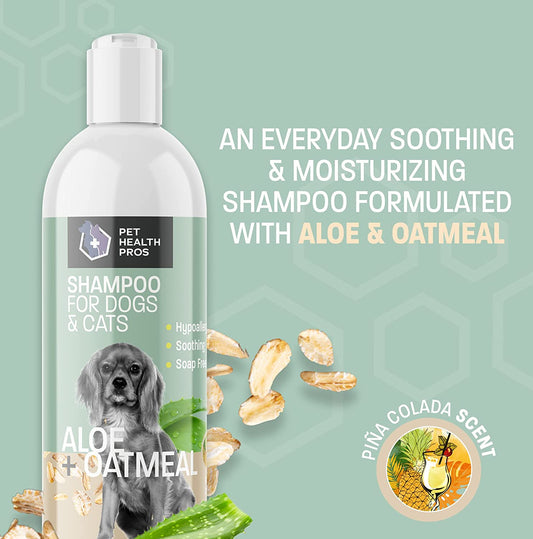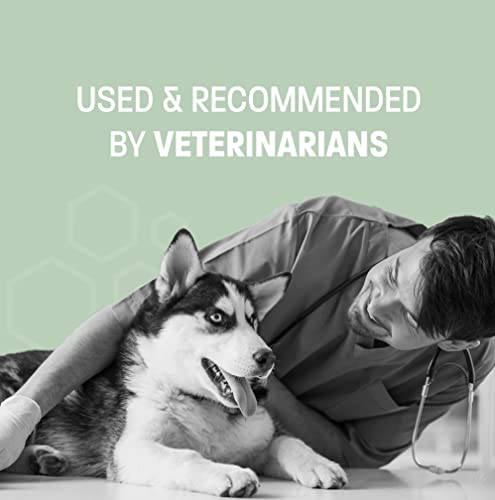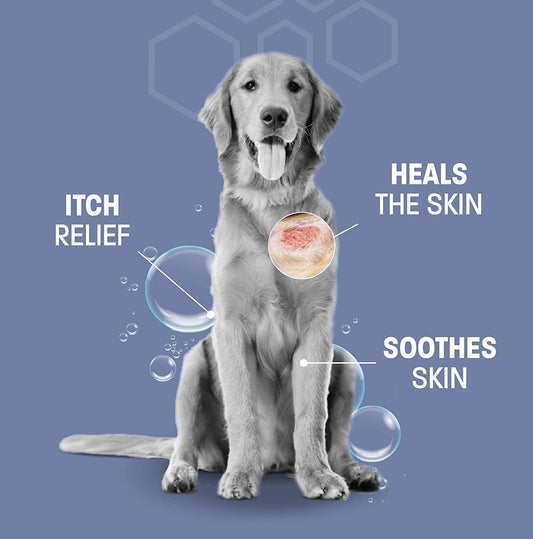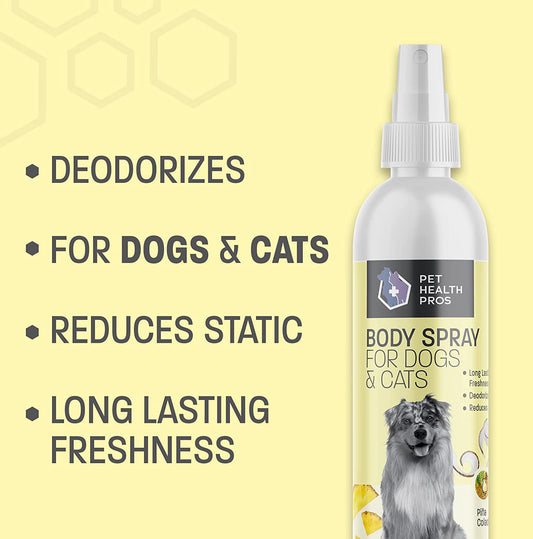Ever noticed your dog licking their paws like there's no tomorrow? It might not just be a quirky habit. Sometimes, it’s a sign of a yeast infection. These infections can be a real pain for your furry friend and can cause a lot of discomfort. Understanding what causes these infections, how to spot them, and what treatments work best can help your pup feel better in no time. Let’s dive into the world of dog yeast infections in paws and see what we can do to keep those tails wagging.
Key Takeaways
- Dog yeast infections in paws often stem from yeast overgrowth due to moisture and warmth.
- Diet plays a significant role; certain foods might trigger yeast infections.
- Common symptoms include excessive licking, redness, and a distinct odor.
- Effective treatment can include topical solutions, oral medications, and home remedies.
- Preventing infections involves regular grooming and dietary adjustments.
Causes of Dog Yeast Infection in Paws
Understanding Yeast Overgrowth
Yeast overgrowth in dogs, especially in their paws, can be quite a bother. Yeast naturally exists on the skin, but when it multiplies too much, it becomes a problem. This overgrowth can be triggered by various factors, such as a compromised immune system or skin allergies. When a dog's immune system is not functioning at its best, it can't keep the yeast in check, allowing it to grow out of control.
Environmental Factors Contributing to Infections
The environment plays a big role in yeast infections. Wet and humid conditions are like a party invitation for yeast. Dogs that frequently walk on damp surfaces or live in humid areas are more prone to these infections. Additionally, dogs that swim a lot or those that don't dry off properly after a bath are at higher risk. It's important to keep your dog's paws clean and dry to help prevent these infections.
Role of Diet in Yeast Infections
Diet is another crucial element in managing yeast infections. A diet high in carbohydrates can feed yeast, causing it to grow more. Some pet owners have found that switching to a diet with fewer carbs and more protein helps reduce yeast overgrowth. It's also worth considering any food allergies your dog might have, as these can exacerbate the problem.
If you're concerned about your dog's yeast infection, consider using Pet Genius for tailored advice. This AI-powered assistant can offer personalized guidance for managing your pet's health, including dietary recommendations.
Recognizing Symptoms of Yeast Infection in Dog Paws
Common Signs to Watch For
When it comes to spotting yeast infections in your dog's paws, there are a few telltale signs that every pet owner should be aware of. Excessive licking or chewing on the paws is one of the most common indicators. Dogs might do this to relieve the itchiness caused by the infection. You might also notice a reddish-brown discoloration on the fur around the paws. This staining is due to the constant licking and is a clear sign that something is not quite right. Additionally, check for any swelling or redness between the toes or around the paw pads, as these are also common symptoms.
Behavioral Changes in Affected Dogs
A dog suffering from a yeast infection might show changes in behavior. They could become more irritable or anxious, especially if the infection is causing significant discomfort. You might see them avoiding certain activities they usually enjoy, like walking or playing, due to the pain or itchiness in their paws. Some dogs might also become more clingy, seeking comfort from their owners when they're feeling unwell.
When to Consult a Veterinarian
If you notice any of these symptoms persisting, it's time to reach out to a veterinarian. Persistent symptoms can indicate a more serious infection that requires professional treatment. A vet can provide a proper diagnosis and suggest the best course of action, whether it's medication or a change in care routine. Don't wait too long, as untreated yeast infections can lead to more severe issues down the line.
If your dog is constantly licking their paws and seems uncomfortable, it's crucial to pay attention. Early detection and treatment can prevent more severe problems and help your furry friend get back to their happy, playful self.
Diagnosing Yeast Infections in Dogs
Veterinary Examination Procedures
When it comes to figuring out if your dog has a yeast infection in their paws, the first step is usually a trip to the vet. Veterinarians are well-equipped to identify yeast infections through a combination of visual inspections and physical exams. They’ll look for signs like redness, swelling, or that telltale musty odor. Sometimes, they might even take a sample from the affected area to look at under a microscope.
Laboratory Tests for Accurate Diagnosis
For a more precise diagnosis, vets often rely on lab tests. These tests can confirm the presence of yeast and rule out other possible infections. A common method is cytology, where a sample from the paw is stained and examined for yeast cells. In some cases, a culture might be done to see if yeast grows, confirming the infection.
Differential Diagnosis: Other Paw Conditions
Yeast infections can sometimes mimic other paw problems, so it’s important to differentiate them. Conditions like bacterial infections, allergies, or even foreign bodies lodged in the paw can cause similar symptoms. A thorough examination helps ensure the right issue is being treated, preventing unnecessary discomfort for your furry friend.
Recognizing and diagnosing yeast infections early can save your dog from a lot of discomfort and lead to quicker recovery. Always consult your vet if you notice any unusual symptoms in your pet's paws.
Effective Treatments for Dog Yeast Infections
Topical Treatments and Their Application
Dealing with yeast infections in your dog's paws can be a real hassle. One effective way to tackle this is through topical treatments. These are usually creams or ointments that you apply directly to the affected area. Antifungal creams are a common choice, and they work by directly attacking the yeast on the skin. It's important to follow the vet's instructions on how often to apply these treatments, as overuse can sometimes lead to irritation.
- Clean the paws thoroughly before application.
- Apply a thin layer of the cream as directed.
- Monitor the area for any signs of improvement or irritation.
Oral Medications and Their Role
Sometimes, topical treatments aren't enough, and that's where oral medications come into play. These are usually prescribed by a vet when the infection is more severe or widespread. Oral antifungal medications help fight the infection from within and can be very effective. However, they may come with side effects, so it's crucial to discuss these with your vet.
Natural Remedies and Home Care
If you're looking for a more natural approach, there are several options. Some pet owners swear by natural remedies like apple cider vinegar or coconut oil. These can be used as rinses or added to your dog's diet to help balance their internal systems. Always consult with your vet before trying home remedies to ensure they're safe for your pet.
- Regularly bathe your dog with a gentle, antifungal shampoo.
- Keep your dog's paws dry and clean.
- Consider dietary changes that support skin health.
It's essential to maintain consistent treatment and preventive measures to avoid recurring infections. Keeping your dog's paws clean and dry is a simple yet effective strategy.
For more detailed guidance on managing yeast infections in dog paws, including preventive measures, consult your veterinarian. They can provide tailored advice based on your dog's specific needs and health condition. Discover more about yeast infections in dog paws and how to keep your pet comfortable and healthy.
Preventing Yeast Infections in Dog Paws
Keeping your dog's paws healthy and free from yeast infections involves a few proactive steps. It's all about routine care and paying attention to your pet's needs.
Importance of Regular Grooming
Regular grooming is crucial. Keeping your dog's paws clean helps prevent the buildup of dirt and moisture, which can lead to yeast growth. A simple routine would include:
- Checking and cleaning paws after walks.
- Trimming excess fur around the paws to reduce moisture retention.
- Using pet-safe wipes or a damp cloth to remove dirt.
Dietary Adjustments for Prevention
Diet plays a significant role in preventing yeast infections. Feeding your dog a balanced diet can help maintain their overall health. Consider:
- Ensuring a diet rich in essential nutrients.
- Avoiding foods that may trigger allergies, as they can lead to infections.
- Consulting with a vet about using supplements that promote skin health.
Environmental Management Tips
The environment your dog lives in can also impact their paw health. Keep an eye on:
- Keeping your dog's living area clean and dry.
- Using non-toxic cleaning products to avoid irritants.
- Providing a comfortable, dry place for your dog to rest.
Keeping a consistent routine in grooming and being mindful of diet and environment can make a big difference in preventing yeast infections in your dog's paws. It's about being attentive and proactive in your pet's daily care.
Understanding the Impact of Yeast Infections on Dog Health
Long-term Effects on Dog Well-being
Yeast infections in dog paws can be more than just a temporary nuisance. Over time, these infections might lead to chronic discomfort, affecting a dog's overall happiness and energy levels. Constant itching and inflammation can make a dog irritable and less playful, which is not the kind of life we want for our furry friends. It's crucial to address these issues promptly to maintain their quality of life.
Potential Complications if Left Untreated
If a yeast infection in a dog's paws is ignored, it can lead to more severe health problems. The infection might spread, leading to further skin issues or even systemic infections. Here are some potential complications:
- Secondary bacterial infections due to open sores from scratching
- Increased risk of spreading to other areas of the body
- Development of resistant yeast strains that are harder to treat
Psychological Impact on Dogs
Dogs are sensitive creatures, and their mental health can suffer when they're in physical discomfort. The constant itchiness and pain from a yeast infection can make a dog anxious or depressed. They might become withdrawn or exhibit changes in behavior, like excessive licking or chewing of their paws. Owners might notice their dogs are less enthusiastic about activities they once loved. Addressing these infections is vital not only for physical health but also for the emotional well-being of our pets.
Taking action against yeast infections is not just about treating the symptoms but ensuring your dog leads a happy, itch-free life. Comfort affected dogs by addressing both the physical and emotional aspects of their health.
Myths and Facts About Dog Yeast Infections
Common Misconceptions Debunked
When it comes to dog yeast infections, there's a lot of misinformation floating around. One common myth is that yeast infections are contagious. In reality, they are not spread from dog to dog. Another misconception is that only certain breeds get yeast infections. The truth is, any dog can develop a yeast infection, especially if they have underlying health issues. Some people also believe that yeast infections are only a result of poor hygiene, but factors like allergies or immune system problems often play a bigger role.
Scientific Insights into Yeast Infections
Yeast infections in dogs are primarily caused by an overgrowth of the Candida fungus. This fungus is normally present in small amounts on a dog's skin, but when it grows out of control, it leads to infection. Scientific studies show that moisture and warmth create ideal conditions for this fungus to thrive, which is why infections often occur in areas like the paws and ears. Research also highlights the importance of a balanced diet in managing yeast levels, as certain foods can exacerbate the problem.
Expert Opinions on Treatment and Prevention
Veterinarians emphasize the importance of early diagnosis and treatment to prevent complications from yeast infections. Treatments often include topical antifungal creams or oral medications, but it's crucial to follow a vet's guidance to ensure effectiveness. Experts also recommend regular grooming and keeping your dog's living environment clean to help prevent infections. Additionally, maintaining hygiene and drying your dog's paws after walks can significantly reduce the risk of yeast overgrowth.
Many people believe that dog yeast infections are just a minor issue, but that's not true. These infections can cause serious discomfort for your furry friend. It's important to know the facts to help your dog feel better. If you want to learn more about how to treat and prevent these infections, visit our website for helpful tips and products!
Conclusion
Understanding yeast infections in your dog's paws can feel overwhelming, but it's important to remember that you're not alone. Many pet owners face this issue, and with the right knowledge, you can help your furry friend feel better. Keep an eye out for symptoms like redness or itching, and don't hesitate to reach out to your vet for guidance. Treatment might involve some changes in grooming habits or medication, but with patience and care, your dog will be back to their playful self in no time. Remember, a little attention to their paws can go a long way in keeping them healthy and happy.
Frequently Asked Questions
What causes yeast infections in dog paws?
Yeast infections in dog paws are often caused by an overgrowth of yeast, which can happen due to moisture, allergies, or weakened immune systems.
How can I tell if my dog has a yeast infection in their paws?
Look for signs like redness, swelling, a bad smell, or your dog licking and scratching their paws more than usual.
Can diet affect yeast infections in dogs?
Yes, a diet high in sugar and carbs can contribute to yeast overgrowth. Feeding a balanced diet can help manage and prevent infections.
What treatments are available for dog yeast infections?
Treatments include topical creams, oral medications, and sometimes natural remedies. It's best to consult a vet for the right treatment.
How can I prevent yeast infections in my dog's paws?
Keep your dog’s paws clean and dry, maintain a healthy diet, and regularly groom them to prevent infections.
When should I see a vet for my dog's yeast infection?
If your dog shows signs of discomfort, or if home treatments aren’t working, it’s important to see a vet for proper diagnosis and treatment.









